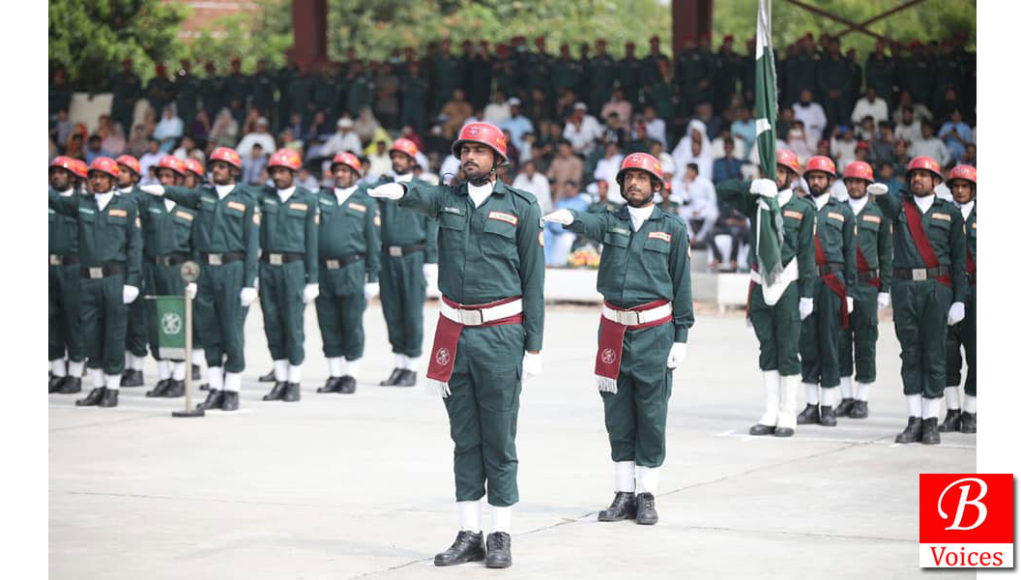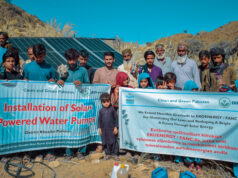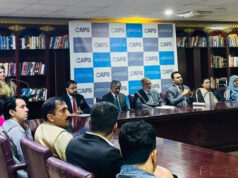Adnan Aamir
For a province like Balochistan, which is marred by poor governance and endemic corruption, it is rare that projects are established to benefit people on the ground. Medical Emergency Response Centres (MERC) is one such project, which has been established to provide emergency medical aid to victims of highway accidents in Balochistan. This project is nothing short of a blessing for the people of Balochistan due to the increasing number of highway accidents witnessed every day. However, this project is under attack from certain sections of the government bureaucracy who are resisting because it is not in their control.
Highway accidents have proven in recent years to be the main cause of deaths in Balochistan. Highway accidents claim more lives in the province than terrorism. For instance, in 2018, 306 people were killed in terrorist activities in Balochistan, whereas more than 400 people lost their lives in highway accidents in the same year. Analysis of data of the last ten years shows that more people died in highway accidents compared to suicide bombings.
There are two main causes of the growing number of highway accidents. First, the narrow single-lane highways which make collision of vehicles imminent. Second, lack of emergency medical care provided to victims in the aftermath of the accidents.
Read also: Balochistan’s Highway Rescuers Ready to Save Lives
In this context, the government of Balochistan approved the establishment of MERC project at a cost of Rs3.41 billion. Under this project, 25 emergency response centres will be established on eight highways of Balochistan. They will be equipped with the latest rescue equipment. These centres will have trained emergency medical technicians (EMTs), which will swiftly reach the site of the accident and provide emergency medical care to prevent loss of lives and permanent injuries.
The first batch of MERC passed out from 1122 Rescue Services Academy Lahore in September. As of now, five MERCs are operational along the Quetta-Karachi road, also known as the RCD highway. In first three weeks of operations, these centres have reached the sites of 164 accidents and treated 234 patients. These centres are already saving lives of under-privileged passengers who can only afford to travel to Karachi or other long-distance destinations by road.
Just like many other under-developed regions of the world, government machinery is dysfunctional in Balochistan. Various departments are at loggerheads. People in charge do not take interest in projects where they do not have a vested interest. This sort of environment makes it difficult for any institute to function. Unfortunately, the MERC project – which benefits under-privileged passengers – is also facing the wrath of this system.
Well-placed sources in the government of Balochistan say only seven percent of the funds of this project have been released so far. The second tranche of Rs427 million was approved in July but its approval is still stuck in a dark labyrinth– the bureaucracy of Balochistan.
If these funds are not released on time, MERC will not have money to pay its staff salaries from January onwards. Fabricated news stories against this project are being shared in the media. This is being done with the aim of discrediting the project and eventually shutting it down so that the Rs3.41 billion allocated for it can be diverted for other kickback-friendly construction projects.
Chief Minister Jam Kamal’s government made the appreciable decision of approving this project. Now his government should also stand by this project and support it. Balochistan’s government should ensure that the funds for the project are released on time and all artificial hurdles created for it must be eliminated. The government must also protect this pro-people project from the prying eyes of certain quarters in government who prioritise their vested interests over public interest.
Although the government of Balochistan approved the MERC project, it was supposed to be carried out by the federal government. National Highways are a federal subject and under the control of National Highway Authority (NHA). Technically, NHA is responsible for the working of MERC. Federal government institutes have a long history of ignoring Balochistan and this is another example. However, it needs to change now and the political leadership of Balochistan must press NHA on this subject.
The Balochistan government plans to fund the MERC project for three years – provided that the provincial bureaucracy allows the project to progress in the first place. What will happen after three years? The provincial government does not have the resources to fund this project forever. The only way to make emergency medical care on highways sustainable for Balochistan is that NHA should also financially contribute to the expenses.
Moreover, toll plazas established by NHA across the province charge exorbitant amounts from commuters. NHA should allocate a portion of these earnings to contribute to the expenses of MERC in the future. NHA will never do this voluntarily and hence the MNAs and senators of Balochistan need to pressurize NHA on this demand.
Lastly, projects like MERC are designed to minimise loss of life in the aftermath of highway accidents. However, the solution to reduce the number of highway accidents lies in upgrading the highways of Balochistan to dual-carriageways. In the last fiscal budget, NHA cleverly evaded the demand to dualise RCD highway despite hue and cry by civil society in Balochistan. In the next budget, the political representatives and civil society in Balochistan must not allow NHA to get away with ignoring this demand.
Originally published in The Friday Times
Share your comments!








